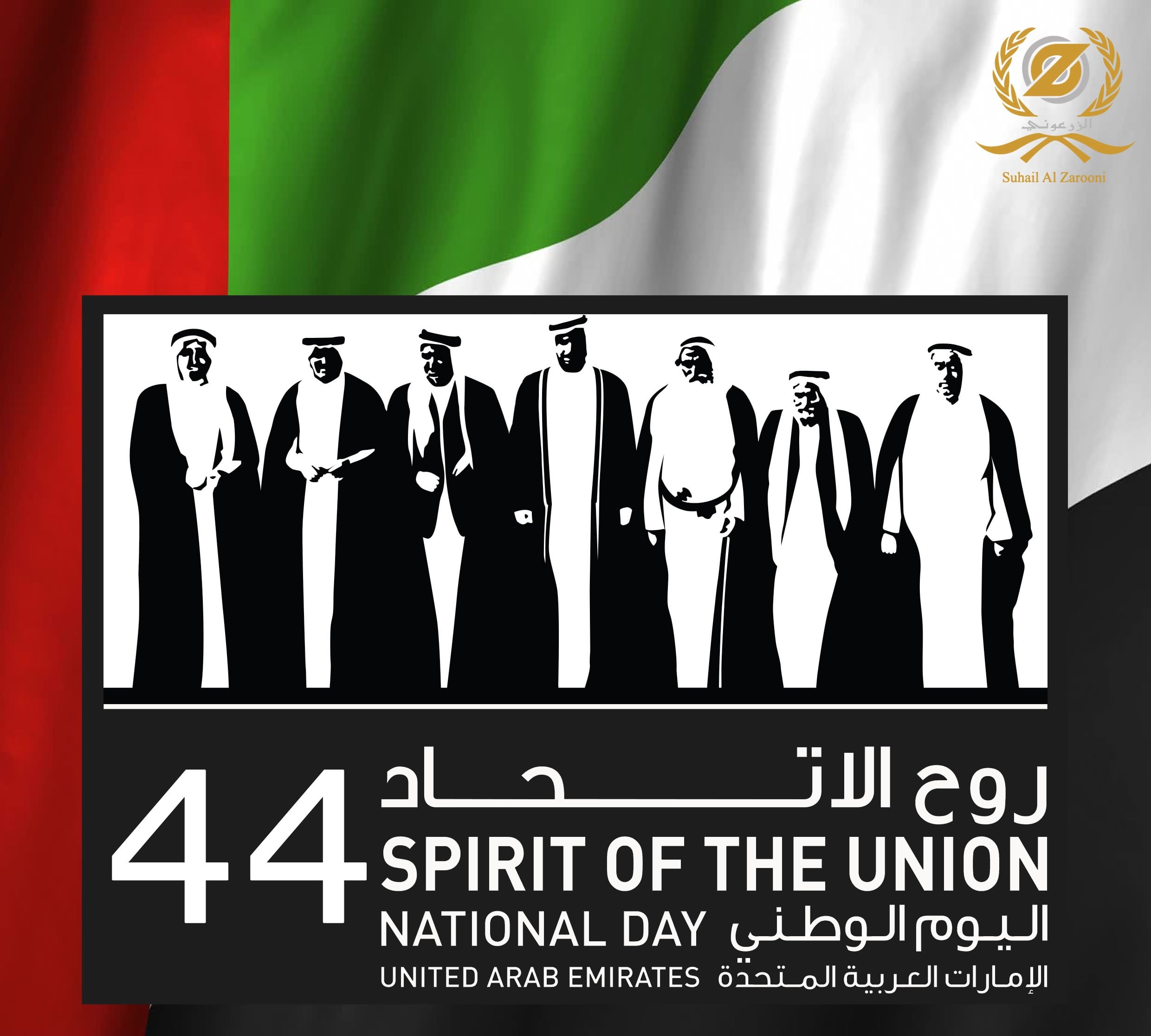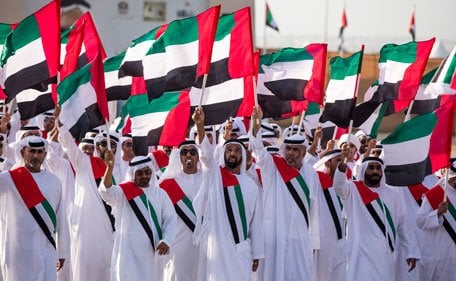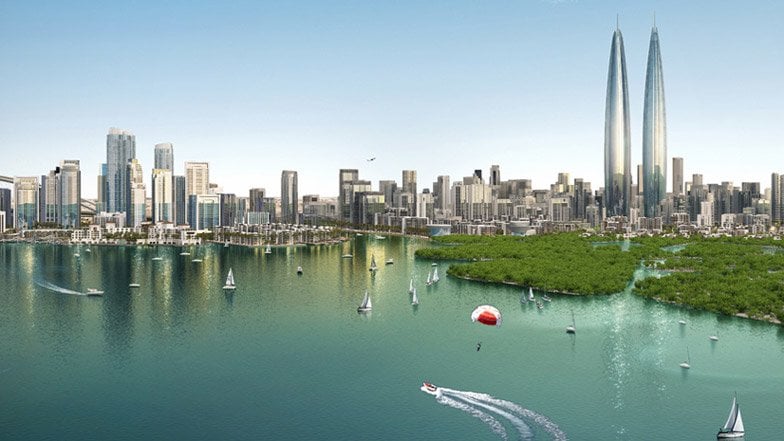Mehmood Ul Hassan Khan
Most recently the United Arab Emirates celebrated its 44rd National Day on December 2, 2015. UAE was full of passions, colors and festivities. Its strategic leadership’s vision is now paying its dividends in terms of increasing ratios of non-oil sector’s contributions in its GDP. It is a healthy sign which enabled it to easily mitigate the lowering prices of oil at the international markets. It has provided it strategic cushion to be on the path of a stable and sustainable economic prosperity and social development.
According to many regional and international latest reports the continued downfall in the oil prices has had a positive impact on the growth of many economic sectors in the UAE in 2014-15. It shows its resiliency even in difficult times.
Future prospects of non-oil sector’s contribution to GDP is even better, healthier and greater because of ongoing mega projects, upcoming EXPO 2020, booming tourism, service sector, resilience banking and finance, massive industrialization, widespread of Small and Medium Enterprise (SMEs), re-exports and above all diversification of economy and production channels.
Sectors Percentage (2014-15) Percentage (2013)
Transport & Storage 10 7.9
Wholesale & Retail 8 6.8
Construction 6.1 3.4
Source: UAE Economic Ministry (2015)
UAE has put in place all the necessary plans to take that contribution to as high as 80 per cent in 2021 through intensive investment in the industrial and tourism sectors, air and maritime transport, import and re-export, as well as supporting a range of projects and initiatives based on the knowledge economy.
By developing new sectors, such as the Islamic Economy, and investing in innovation, content development and other such activities, UAE’s aim is to build towards economic diversity in 2021 in order to strengthen the economic and financial stability of the UAE and fortify ourselves against the inherent fluctuations and instabilities of world markets.
Future Prospects of non-oil GDP
IMF predicts that UAE’s non-oil GDP is now to grow at 4.4 per cent this year and the IMF said it is likely to move up to 4.5 per cent in 2016. The non-oil economy is projected to expand by over 4 per cent per annum in the coming years on the back of Dubai’s strong core services sectors and Abu Dhabi’s diversification efforts.
Economics of Mega Projects
Mega projects have multiplier socio-economic effects. It generates so many jobs. It speeds up business and economic activity. It encourages private sector. It promotes construction sector. It gears up value-addition in the service sector.
Mega Projects Details
Dubai Solar Park: It completed an AED120 million 13-megawatt photovoltaic power plant. The Mohammed bin Rashid Al Maktoum Solar Park, slated for completion in 2030, will deliver 3 gigawatts. It’s meant to help the UAE reach its goal of obtaining 24 percent of its energy from “clean” sources within the next six years.
Etihad National Railway Network: Its cost is US$79 which will cover an estimated 1,200 kilometers (746 miles), connecting all seven emirates. Government-backed sponsor Etihad views the railway network, which is part of a larger international rail program funded by Gulf Cooperation Council member nations.
Blue-waters Islands It includes retail, entertainment and residential properties. It is designed to bolster the UAE’s tourism sector, is scheduled for completion in 2018. It will feature a US$270 million Ferris wheel called the Dubai Eye. Standing at 210 meters (689 feet), it will be the tallest wheel in the world.
Dubai Design District It covers about 21 million square feet (2 million square meters). It is also known as D3. It aims to establish the city as an international design and fashion destination. Expected to cost AED8 billion, the project will include retail space for small boutiques as well as prominent brands, artist workshops, luxury hotels and office space. Its first AED4 billion phase is scheduled to close in 2015.
The UAE’s First Nuclear Program: It has begun a four-reactor construction program at the Barakah power plant in Abu Dhabi. Projects worth US$20 billion have begun on all four reactors, with the first slated to come online by 2017. When the program is finished in 2020, Emirates Nuclear Energy Corp. expects the reactors to supply 25 percent of the country’s electricity.
Source: Abu Dhabi Tourism and Culture Authority


